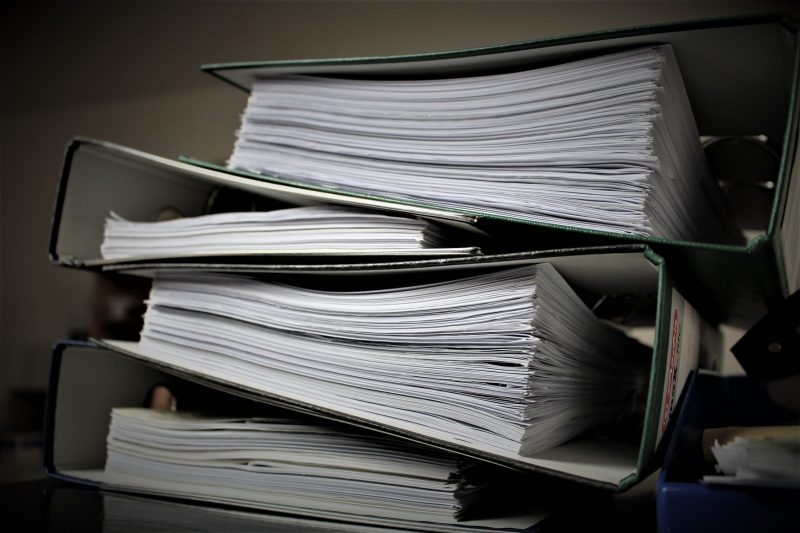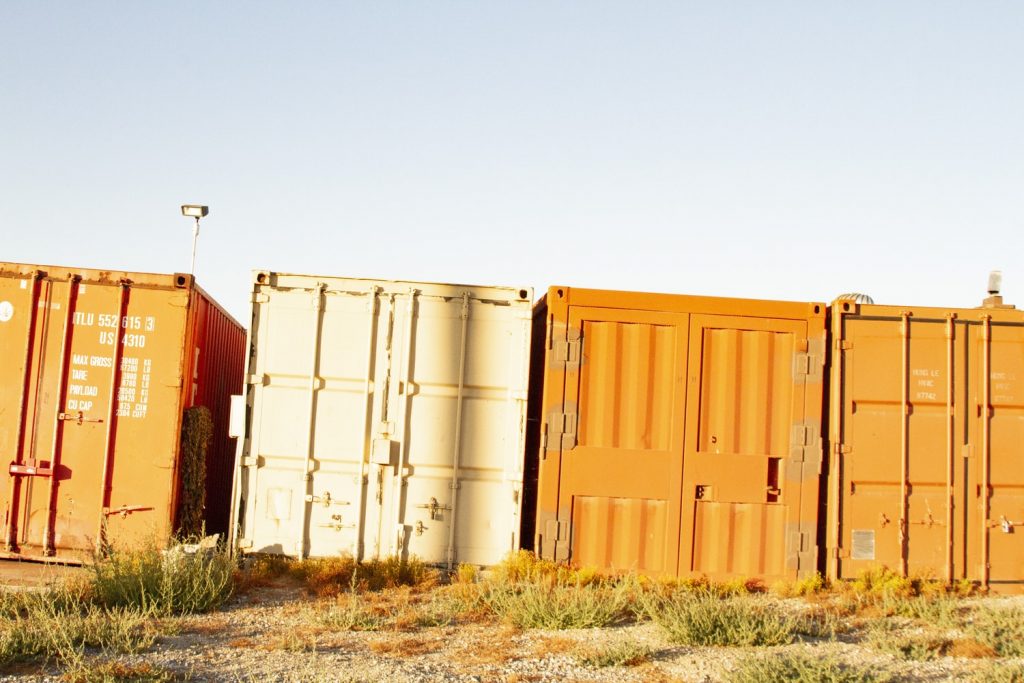If you’re looking to import a container of commercial goods into the United States, chances are you may be aware already that there are certain steps required in order to comply with U.S. Customs and Border Protection, also known as CBP.
(Did you know that CBP is actually one of the world’s largest law enforcement organizations? You can read more about them here.)
The steps laid out by CBP must be followed closely to ensure that goods arrive smoothly and quickly! Any misstep here may result in delays or even costly fines, which can have an impact on your business’ bottom line.
The first thing that you need to do is determine whether your shipment is considered to be commercial by U.S. Customs. However, it’s likely that you will find that your shipment is indeed commercial.
It should also be noted that even shipments that are not necessarily intended for commercial use, customs may still classify it as such if it fits certain criteria, so be wary of this!
Here are the criteria for a commercial import into the U.S.:
- A large number of the same kind of goods may be considered a commercial shipment.
- Certain types of goods are automatically considered commercial by nature of their use, such as machinery.
- Any goods valued at over 2500$ will be classified as commercial without question.
- Most obviously, if the intent for the goods is to be sold and/or distributed — it’s a given that it will be considered commercial.

Clearing customs can be thought of as a process with 2 key steps: preparing and submitting key documentation as well as paying any applicable duties or tariffs to CBP in order to enter the country successfully.
What kind of documents are required to clear customs?
Without full context of what the commercial goods are, it is impossible to list out all the documents required definitively. But, at the very least, we know that you will require:

A Commercial Invoice
First and foremost, you’ll need the commercial invoice for the goods. The invoice should give CBP enough information to determine that the goods are admissible into the country.
It should describe the items clearly, state their value, Country of Origin, name of business/company, and the address it’s being shipped to.
The Packing List
The packing list is often directly coupled with the invoice to help CBP determine if the goods are admissible. The document clearly defines what is in the shipment, the quantity, dimensions, and weight of the goods.
A Bill of Lading (BOL)
This document is issued by the carrier to you and signed by the owner of the vehicle/vessel. The intention of this document is to ensure that the goods are delivered to the correct destination, along with a contract of carrier.
An Arrival Notice
The arrival notice is a document prepared by the carrier and/or agent to let the recipient at the destination know that the shipment of goods have arrived.
This document includes a general overview of the arriving goods, information about the quantity of cargo units, and, of course, any fees or charges that need to be paid at pick up.
Check out our recent blog post, Calculating Landing Costs and Saving Money on Imports.
This is scratching the surface on the kinds of documents needed by CBP to move goods from one country to another (U.S.) for commercial use.
As a starting point, CBP makes their policies very clear to navigate online so you can familiarize yourself with the procedures prior to engaging in importing and exporting goods.
The reality of the importing and exporting business is that it requires a skilled expert that is knowledgeable on the inner workings of these processes. As mentioned prior, the documents required may vary depending on the type, quantity, and value of goods entering into the country.
For a no commitment discussion on how to clear your goods, start the conversation here.






